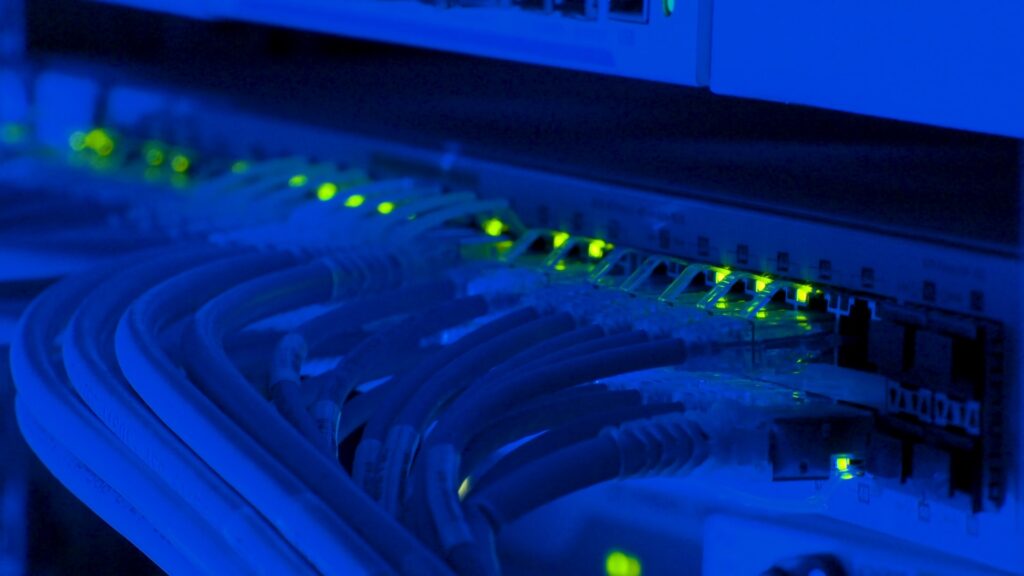The internet has become an essential part of our lives, and high-speed internet is no longer a luxury but a necessity. With the increasing demand for faster internet speeds and the rise of new technologies, the internet landscape is rapidly evolving. One technology that has played a crucial role in this evolution is fiber-optic networks.
Fiber-optic networks use strands of glass or plastic fibers to transmit data as pulses of light. Compared to traditional copper wire, fiber-optic cables have a higher bandwidth capacity, enabling them to carry larger amounts of data over longer distances. This technology has revolutionized the internet speeds, making it possible to transmit data at unprecedented speeds.

The History of Fiber-Optic Networks
The development of fiber-optic networks began in the 1960s, but it wasn’t until the late 1980s that the first commercial fiber-optic network was deployed. Since then, fiber-optic networks have become the backbone of the internet, connecting millions of people and businesses worldwide.
In the early days of fiber-optic networks, the costs of installation were high, and the technology was limited to large organizations such as telecommunication companies and research institutions. However, as the technology evolved, the cost of installation decreased, making it more accessible to smaller businesses and individuals.
The Future of Internet Speeds with Fiber-Optic Networks
Fiber-optic networks have already played a significant role in improving internet speeds. With download speeds of up to 1 gigabit per second (Gbps), fiber-optic networks have transformed the internet experience for many users. However, the potential of fiber-optic networks goes far beyond what we currently see.
As more and more devices are connected to the internet, the demand for faster and more reliable internet speeds is increasing. The internet of things (IoT), autonomous vehicles, and virtual and augmented reality applications require a high-speed and low-latency internet connection that traditional copper wire networks cannot provide. Fiber-optic networks, on the other hand, have the capacity to deliver internet speeds of up to 100 Gbps, making them the ideal technology to meet the demands of these emerging technologies.
Fiber-optic networks also have the potential to improve healthcare, education, and business operations. In healthcare, the high-speed internet connection provided by fiber-optic networks enables doctors to remotely monitor patients and share medical data in real-time. In education, students can access online learning resources without worrying about slow internet speeds. In business operations, fiber-optic networks can increase productivity by enabling faster data transfers and reducing downtime.
Challenges to the Adoption of Fiber-Optic Networks
Despite the many advantages of fiber-optic networks, there are still challenges to its adoption. One of the main challenges is the cost of installation. The installation of fiber-optic networks requires significant investment in infrastructure, making it difficult for smaller organizations to adopt the technology.
Another challenge is the availability of fiber-optic networks. While many urban areas have access to fiber-optic networks, rural areas still rely on traditional copper wire networks. This creates a digital divide, where those in rural areas do not have the same level of access to high-speed internet as those in urban areas.
Fiber-optic networks have transformed the internet landscape, providing faster and more reliable internet speeds. The potential of fiber-optic networks goes far beyond what we currently see, with the capacity to meet the demands of emerging technologies such as IoT, autonomous vehicles, and virtual and augmented reality applications. However, the adoption of fiber-optic networks still faces challenges, such as the cost of installation and availability in rural areas. As the demand for high-speed internet continues to increase, the adoption of fiber-optic networks is crucial for ensuring that everyone has access to the benefits of the internet.